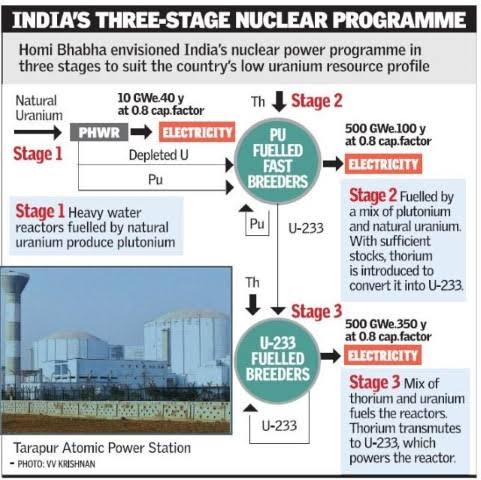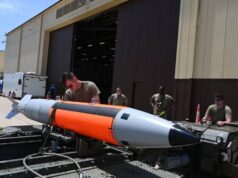Pressurised Heavy Water Reactors A Big Step In Nuclear Energy Program

The indigenously-built third unit of Kakrapar Atomic Power Station (KAPP-3) on Wednesday achieved criticality, which marks a significant scale-up in technology, both in terms of optimisation of PHWR design and improvement in the economies of scale
KAPP-3 is India’s first 700-megawatt electric unit. KAPP-3 is the biggest indigenously developed variant of the Pressurised Heavy Water Reactor (PHWR). This achievement marks a significant upgrade in India’s atomic power technology. The new 700MWe unit at Kakrapar addresses the issue of excess thermal margin which is an optimisation of PHWR design. It also marked improvement in the economies of scale, without major changes to the design of the 540-MWe reactor.
On July 22, 2020, the indigenously built third unit of Gujarat-based Kakrapar Atomic Power Project (KAPP-3) achieved criticality. Prime Minister Narendra Modi also congratulated scientists for this achievement, terming it as a shining example of the ‘Make in India’ initiative and a “trailblazer for many such future achievements.”
As per data collected India’s energy demand is likely to grow at 4.2% per annum through 2035. According to the information available on the International Atomic Energy Agency’s website, India used to generate 4.1 billion kWhr power during 1947-48, which grew to about 1,272 billion kWhr, including captive power, in 2014-15. India is a big country so it needs a large amount of electricity generating capacity to cater to the rising energy demand. The country is still heavily dependent on fossil energy for its energy need.
Attainting criticality (controlled but sustained nuclear fission reaction) means KAPP-3 has achieved the regular operating condition of a reactor and the plant is now ready to generate power. The development will, to some extent, help India meet its energy demand.
There are four units of 700 MWe reactors are currently being set up at Kakrapar (third and fourth units) Rawatbhata (seventh and eight units). These units will be the backbone for the 12 reactors India has given an administrative nod and financial sanction in 2017; these units will be built in fleet mode.
The government is working on increasing its nuclear power capacity to 22,480 MWe by 2031, from the present 6,780 MWe; KAPP-3’s 700MWe capacity will definitely help in this regard. Nuclear power capacity in India at present makes for less than 2% of the total installed capacity of 3,68,690 MW as of January 2020.




